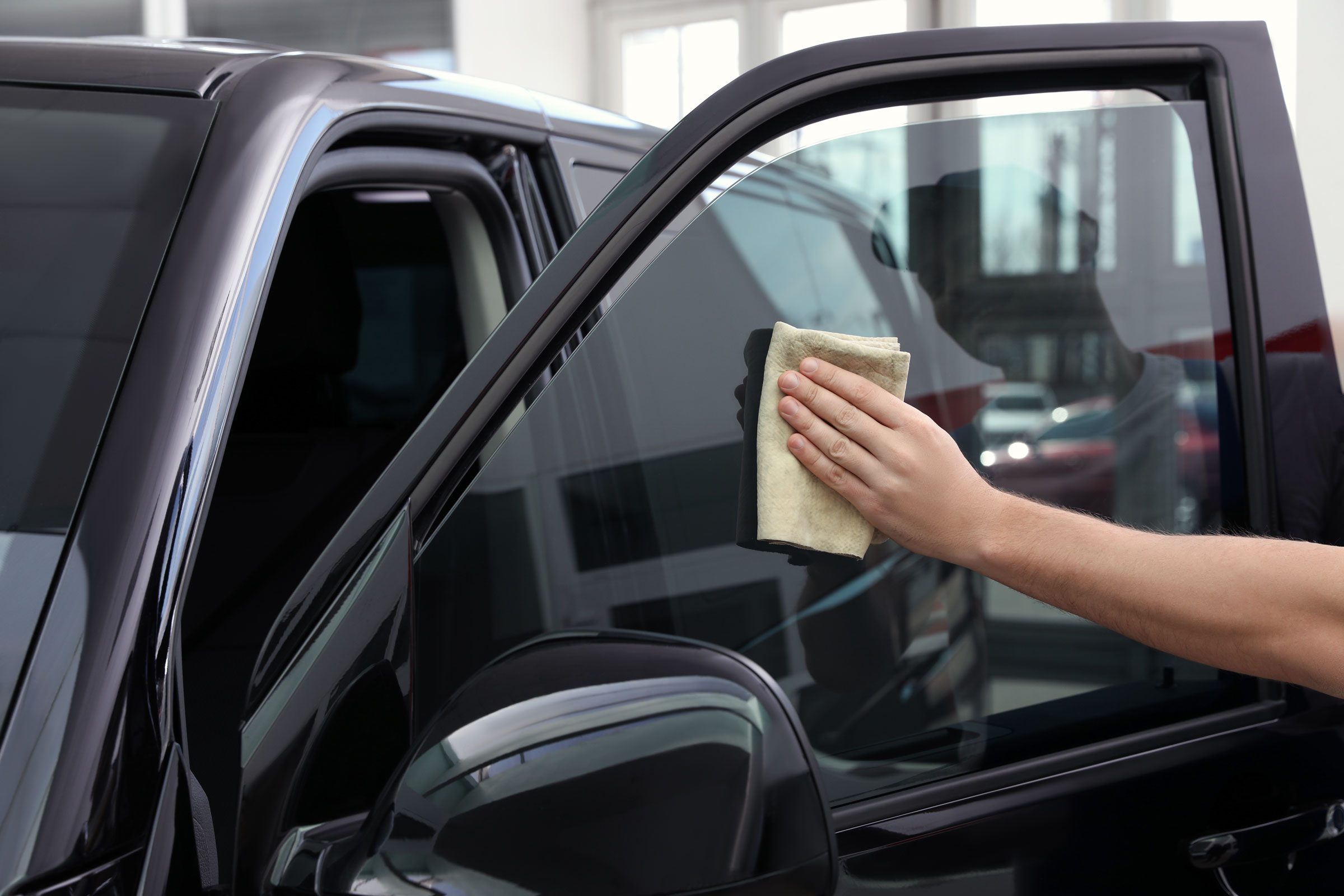Keep Your Vehicle Comfortable with Moro Auto Spa Window Tinting in Any Season
Keep Your Vehicle Comfortable with Moro Auto Spa Window Tinting in Any Season
Blog Article
Your Comprehensive Guide to Do It Yourself Window Tinting: Advice
Undertaking a DIY window tinting task offers a chance to boost both the performance and aesthetics of your room. Prior to embarking on this venture, it is essential to navigate the intricacies of neighborhood tinting policies and pick an appropriate movie that lines up with your goals.
Recognizing Window Tinting Regulations
Navigating the elaborate landscape of window tinting regulations is important for any DIY lover looking for to boost their vehicle's appearances and convenience. Each state in the U.S. has certain regulations concerning the allowed degrees of tint on numerous home windows, which can dramatically influence your decision-making process.
Commonly, these laws determine the optimum allowed Visible Light Transmission (VLT) portion, which refers to the quantity of light that can travel through the tinted windows. Some states allow only a certain portion of tint on the front windscreen, while enabling darker tones on back windows. Conformity with these regulations is vital, as failing to stick can cause penalties or the need to eliminate the tint completely.
In addition, there are often differences in between guest vehicles and commercial lorries, with different regulations applying to each classification. It's a good idea to consult your local Division of Motor Cars or equal authority to collect exact information customized to your location. Recognizing these laws not just guarantees lawful conformity yet likewise improves security by preserving presence and avoiding prospective threats while driving.
Selecting the Right Tint Film
Picking the ideal color movie is a critical action in the DIY window tinting procedure, as it straight influences both the look and capability of your vehicle's home windows. A number of elements need to guide your choice, including the type of movie, its legal compliance, and your desired end results.
First, think about the different types of tint movies offered: dyed, metalized, ceramic, and crossbreed. Metalized movies offer boosted heat denial and sturdiness yet can conflict with digital signals.
Next, make sure that the film complies with neighborhood laws worrying noticeable light transmission (VLT) percents. Conformity with these legislations is important to prevent fines and make certain safety and security.
Important Tools for Do It Yourself Tinting
Having actually chosen the right color movie for your home windows, the next step includes gathering the needed devices to make sure a successful installation. The primary tools you will certainly require consist of an utility knife or a razor blade, which is necessary for reducing the tint film to the desired dimension. A squeegee is additionally essential, as it aids remove air bubbles and ravel the film throughout application.

Additionally, take into consideration using a heat weapon or hairdryer, as this can assist mold and mildew the color film to the shapes of the home window and promote adherence. Lastly, gloves are recommended to avoid fingerprints on the movie throughout setup. By collecting these vital tools, you will certainly be well-prepared to tackle your DIY window tinting project properly.
Step-by-Step Application Refine
Begin by extensively cleaning up the window surface to guarantee optimal adhesion of the tint movie. Utilize a glass cleaner and a lint-free fabric to eliminate any dirt, dust, or oil. Once the window is clean, gauge the tint movie versus the window, permitting a minor overlap on all sides. Cut the film accordingly with a sharp energy blade for an exact fit.
Gently spray the home window surface area and the adhesive side of the movie. Carefully straighten the film with the top official website of the home window, guaranteeing it is right. Utilize a squeegee to smooth the movie, using firm, even pressure.
Enable the color to treat for at least 24 hours without rolling down the home windows. Adhere to these steps faithfully for optimum outcomes in your DIY window tinting project.
Upkeep and Treatment Tips

It's advisable to wait at the very least a week after installment before cleaning your windows to allow the adhesive to completely treat. During this preliminary duration, prevent rolling down the windows to stop any type of damages to the color.
Routine maintenance includes checking the edges of the color for any kind of indicators visit this site of gurgling or lifting. If you notice any kind of problems, it's ideal to address them quickly to prevent more damage. Furthermore, beware with the use of home window treatments, such as tones or curtains, as they can create heat that may endanger the tint with time.
Conclusion
Finally, embarking on a DIY window tinting task requires careful factor to consider of local more helpful hints laws, choice of appropriate color films, and the application of necessary tools. A systematic application procedure guarantees optimum results, while routine maintenance adds to the longevity of the color - Moro Auto Spa Window Tinting. By adhering to these standards, individuals can accomplish both visual enhancement and raised personal privacy in their spaces, making do it yourself window tinting an important undertaking
Report this page